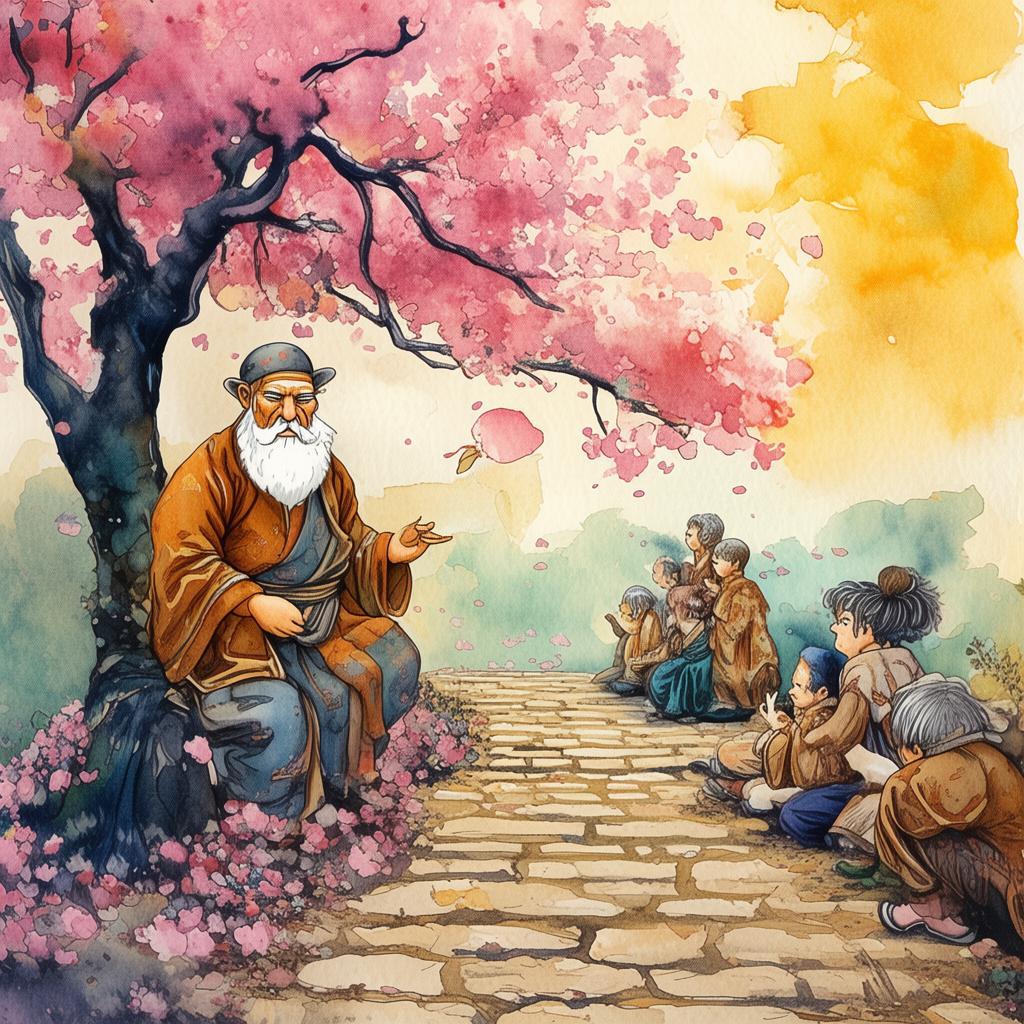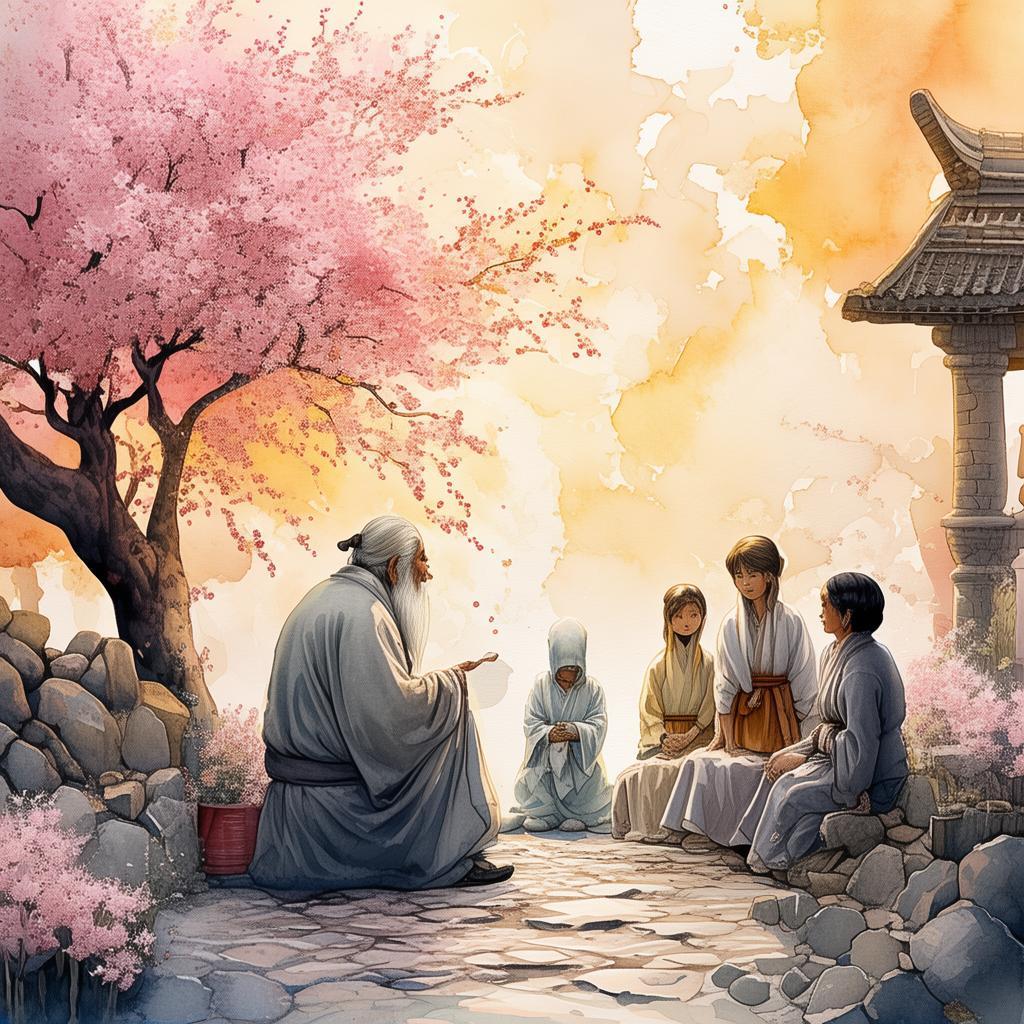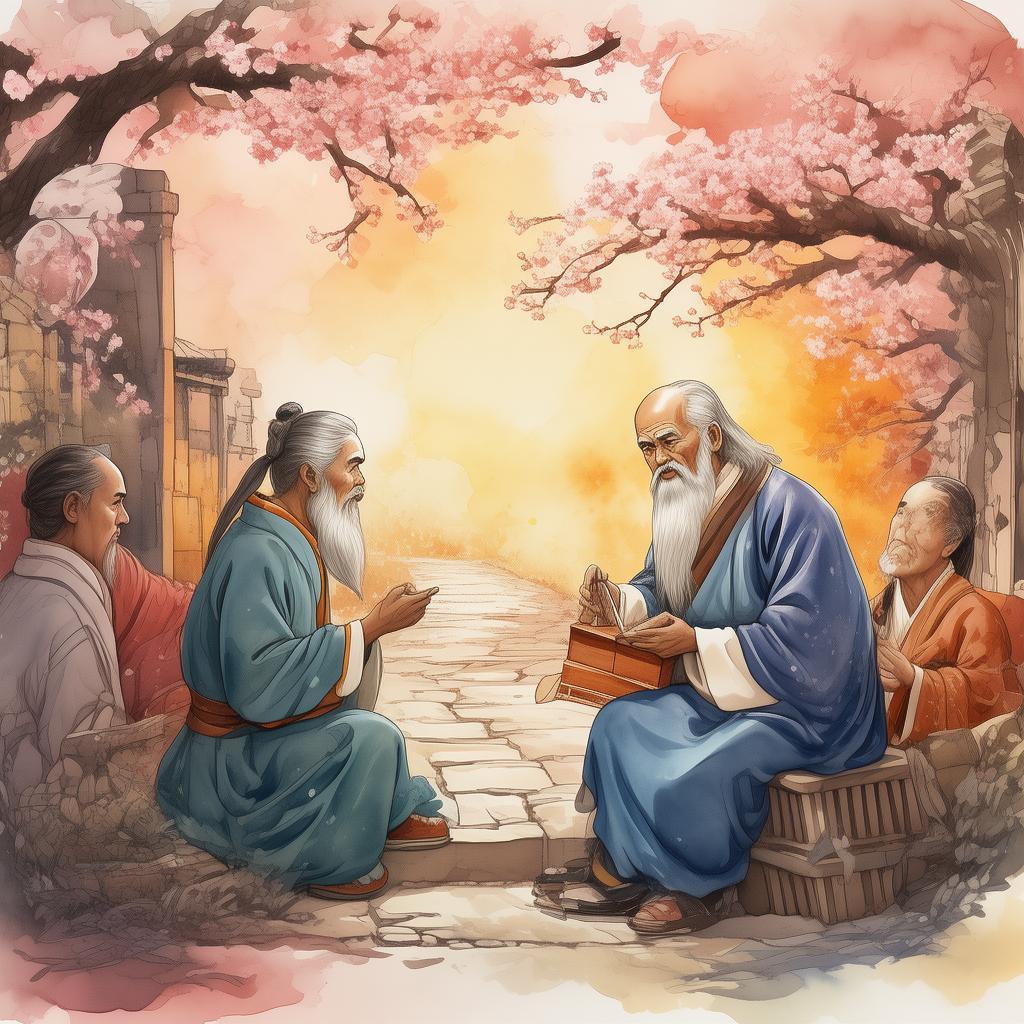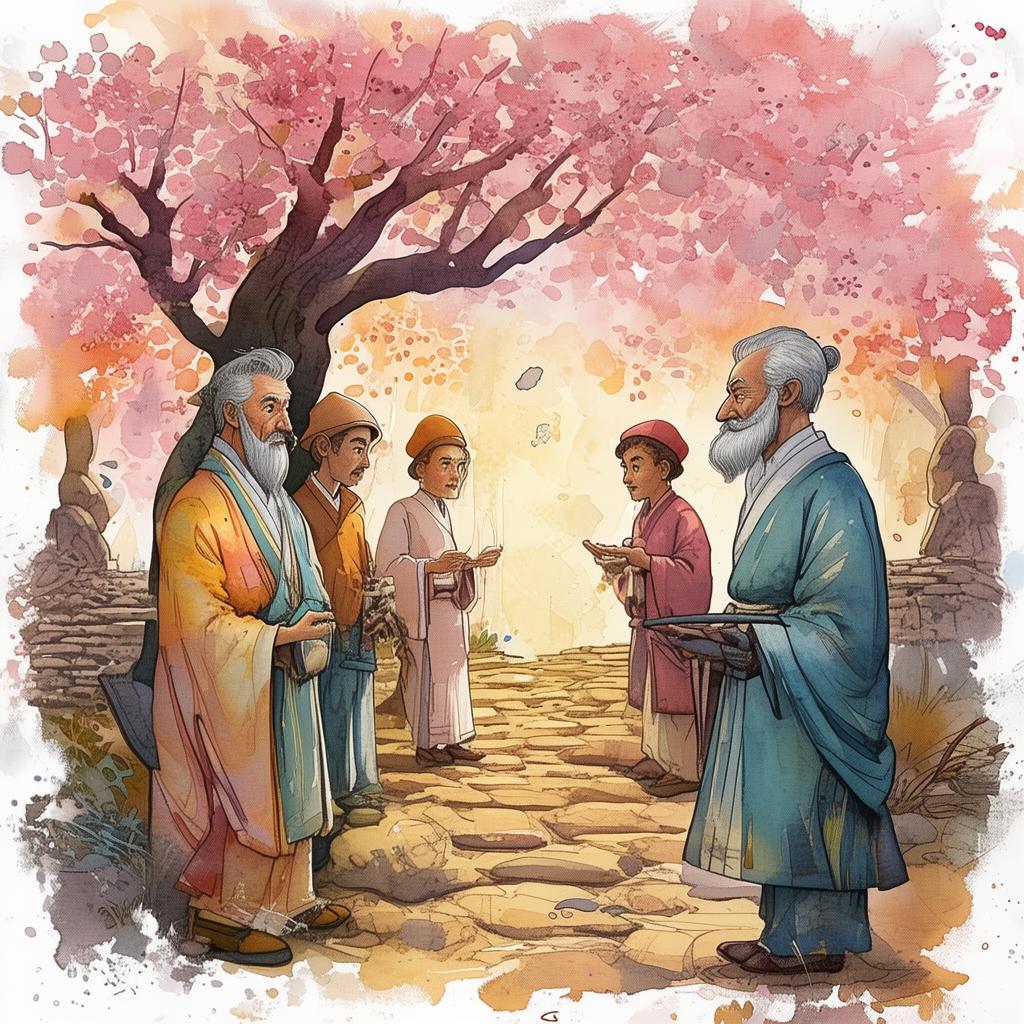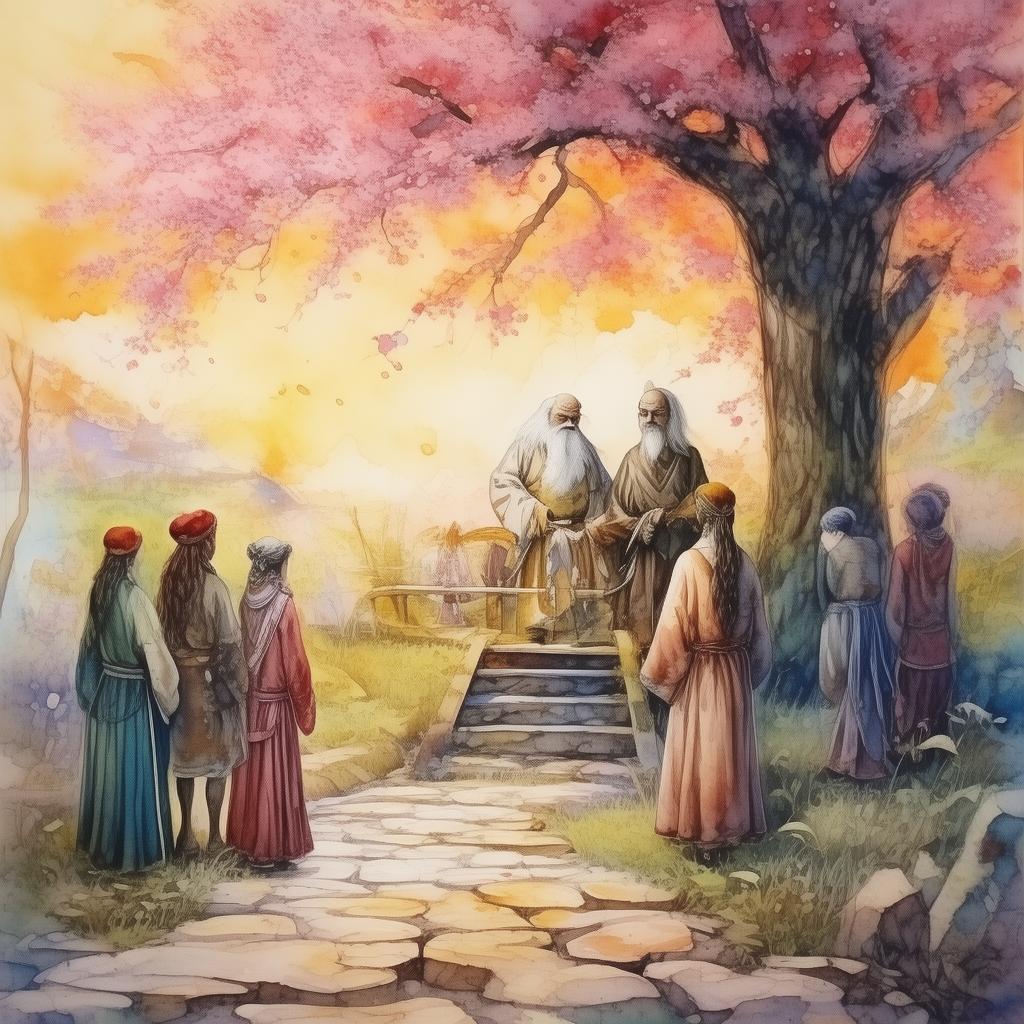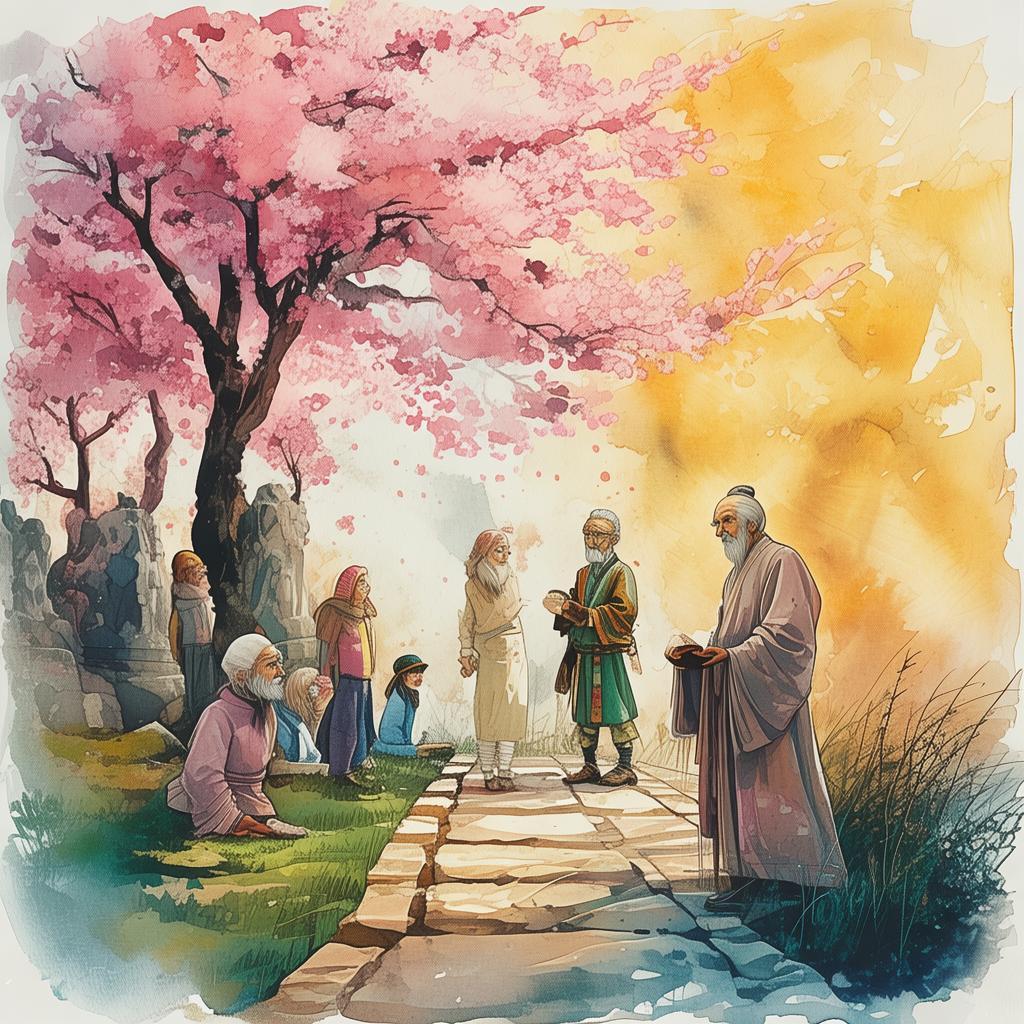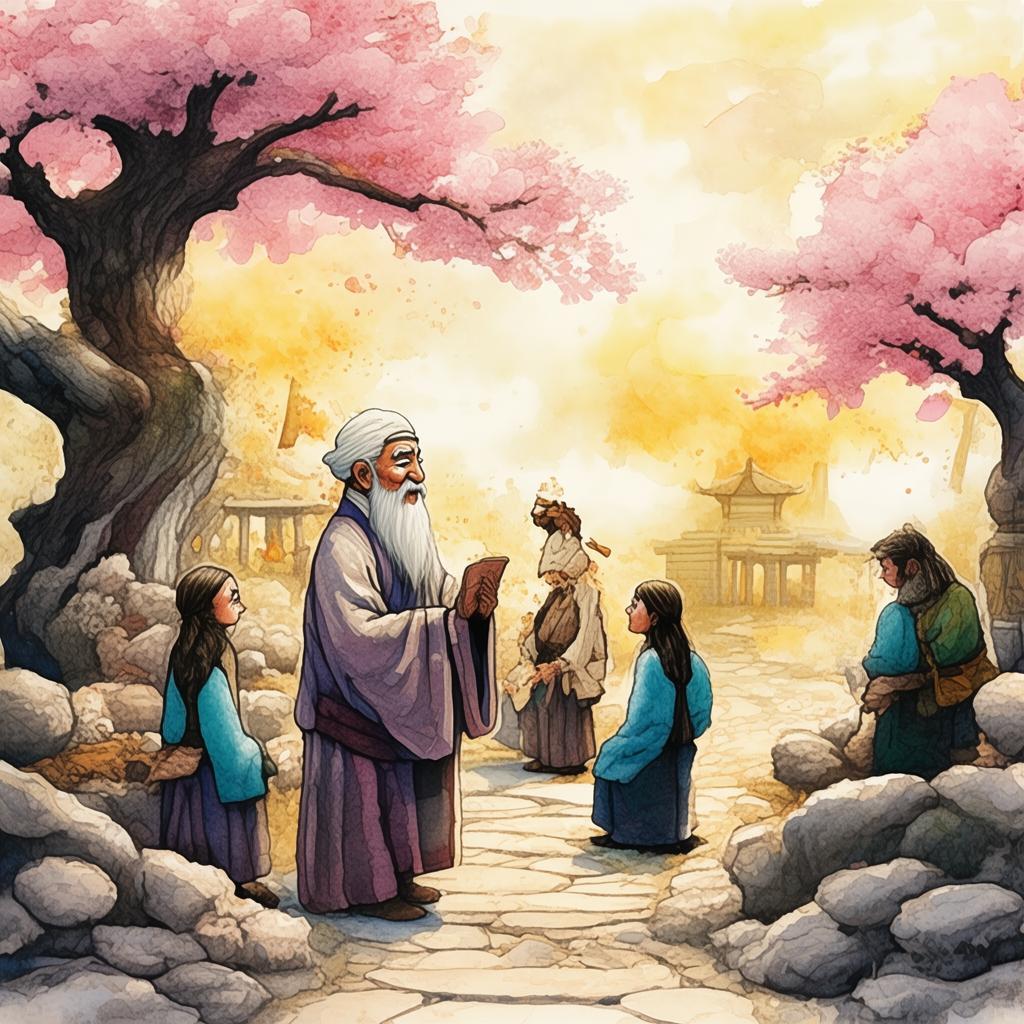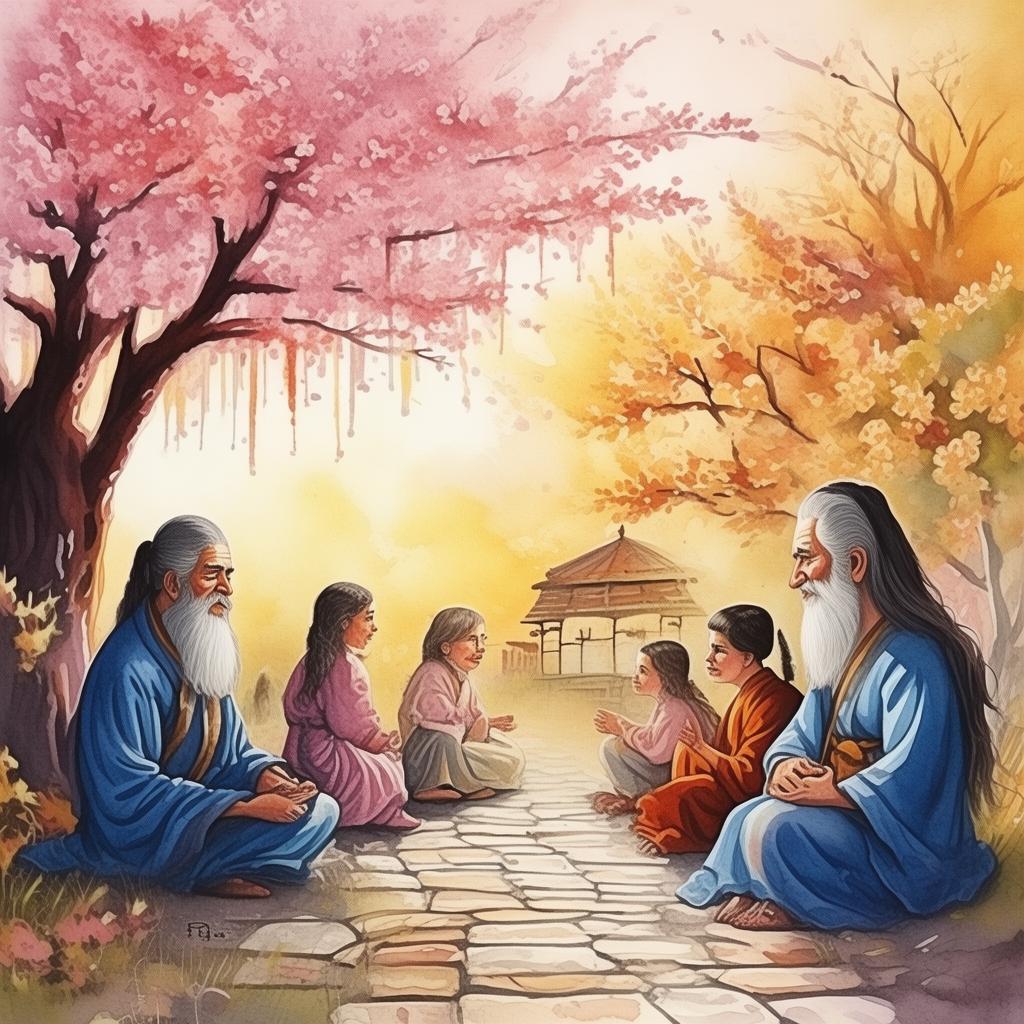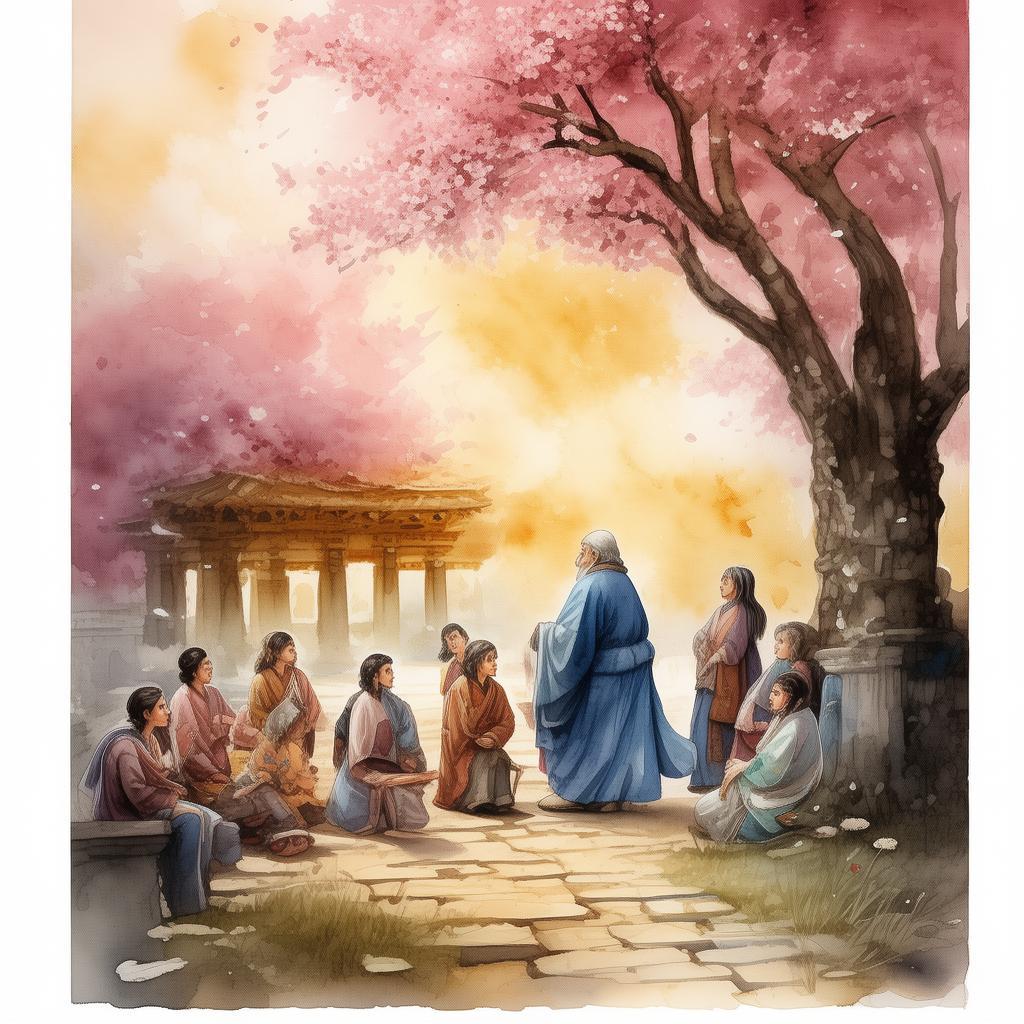The Quantum Elephant's Dilemma: A Quantum Leap to Enlightenment
In the heart of the ancient city of Zenithia, where the sun dipped below the horizon, casting a golden glow over the cobblestone streets, there lived an elephant named Quan-Tu. Not just any elephant; Quan-Tu was a creature of great intellect and curiosity, with a mind as vast as the cosmos itself. His tusks, once used to plow fields, now bore intricate carvings of quantum equations and Zen koans.
The city of Zenithia was a marvel of ancient and futuristic architecture, where monks in flowing robes walked alongside scientists in white lab coats. It was here that Quan-Tu's journey began. One evening, as he wandered through the city, he stumbled upon a peculiar sign that read, "The Elephant's Quantum Conundrum: Solve it and gain enlightenment."
Intrigued, Quan-Tu approached the sign, which led him to a quaint, dimly lit café. Inside, he found a group of scholars and monks gathered around a large, ornate table. At the center of the table was a simple, yet enigmatic puzzle. It was a diagram of an elephant, one leg of which was labeled "Reality" and the other "Imagination." The challenge was to connect the two legs without crossing the lines that separated them.
Quan-Tu, with his vast knowledge of both the ancient texts and the latest scientific theories, began to ponder the puzzle. He called out, "I see the challenge, but how does one bridge the gap between reality and imagination without compromising the integrity of each?"
A monk with a long beard and piercing eyes stood up. "Ah, young Quan-Tu, you have come to the right place. This conundrum is not just a puzzle; it is a reflection of the quantum world we inhabit. In the quantum realm, the observer affects the observed, and the line between reality and imagination is as thin as the fabric of space itself."
Quan-Tu nodded, understanding the monk's words. He then turned to the scholars, who were busy scribbling equations on napkins. "Tell me, scholars, how does one quantify the unquantifiable? How does one bridge the gap between the tangible and the ethereal?"
A young woman with a penchant for quantum mechanics spoke up. "In quantum physics, we often use a principle called superposition, where a particle exists in multiple states simultaneously. To bridge the gap, we must embrace the superposition of reality and imagination."
The monk nodded in agreement. "Indeed, young scholar. Enlightenment comes not from understanding the separate parts, but from seeing the whole. The elephant's legs represent the duality of existence. To solve the conundrum, one must accept the paradox."
Quan-Tu took a deep breath and began to work on the puzzle. He drew lines that wove in and out of the reality and imagination legs, creating a pattern that seemed to dance between the two. As he worked, he felt a sense of calm wash over him, a realization dawning on him.
He called out, "I have done it! I have bridged the gap between reality and imagination without crossing the lines."
The scholars and monks gasped in awe. The monk approached Quan-Tu and placed a hand on his shoulder. "You have solved the conundrum, young elephant. In doing so, you have not only gained enlightenment, but you have also shown us that the boundaries between the physical and the metaphysical are not as rigid as we once believed."
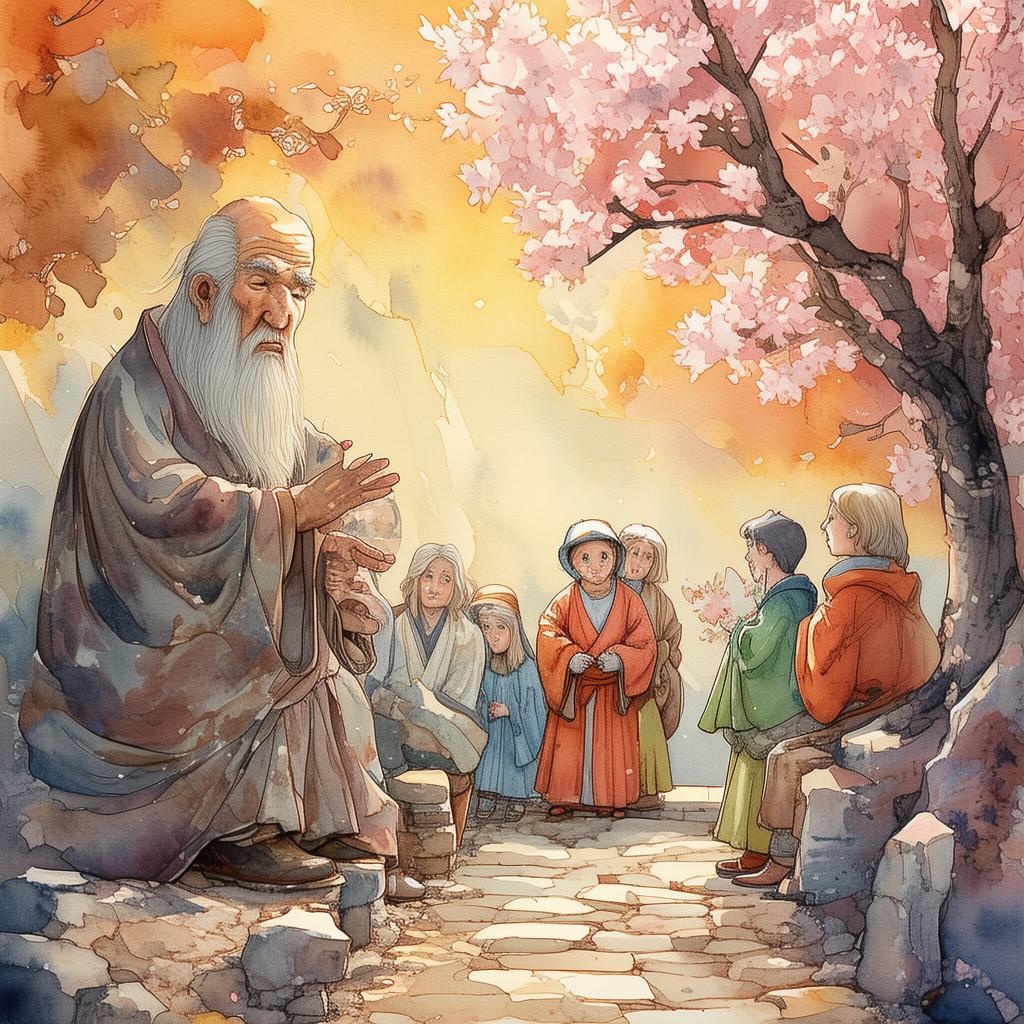
Quan-Tu looked around the table, his eyes reflecting the light of newfound understanding. "Then, what is the true nature of reality?"
The monk smiled. "Reality is what we perceive it to be. It is shaped by our beliefs, our imaginations, and our actions. By embracing the paradox, we can begin to understand the true nature of existence."
As the sun rose the next morning, casting a warm glow over Zenithia, Quan-Tu left the café with a newfound sense of purpose. He understood that the quest for enlightenment was not a journey to be completed, but a continuous dance between the known and the unknown.
And so, the story of Quan-Tu and the Elephant's Quantum Conundrum spread throughout the city, inspiring all who heard it to embrace the paradoxes of life and seek enlightenment in the most unexpected places.
✨ Original Statement ✨
All articles published on this website (including but not limited to text, images, videos, and other content) are original or authorized for reposting and are protected by relevant laws. Without the explicit written permission of this website, no individual or organization may copy, modify, repost, or use the content for commercial purposes.
If you need to quote or cooperate, please contact this site for authorization. We reserve the right to pursue legal responsibility for any unauthorized use.
Hereby declared.
